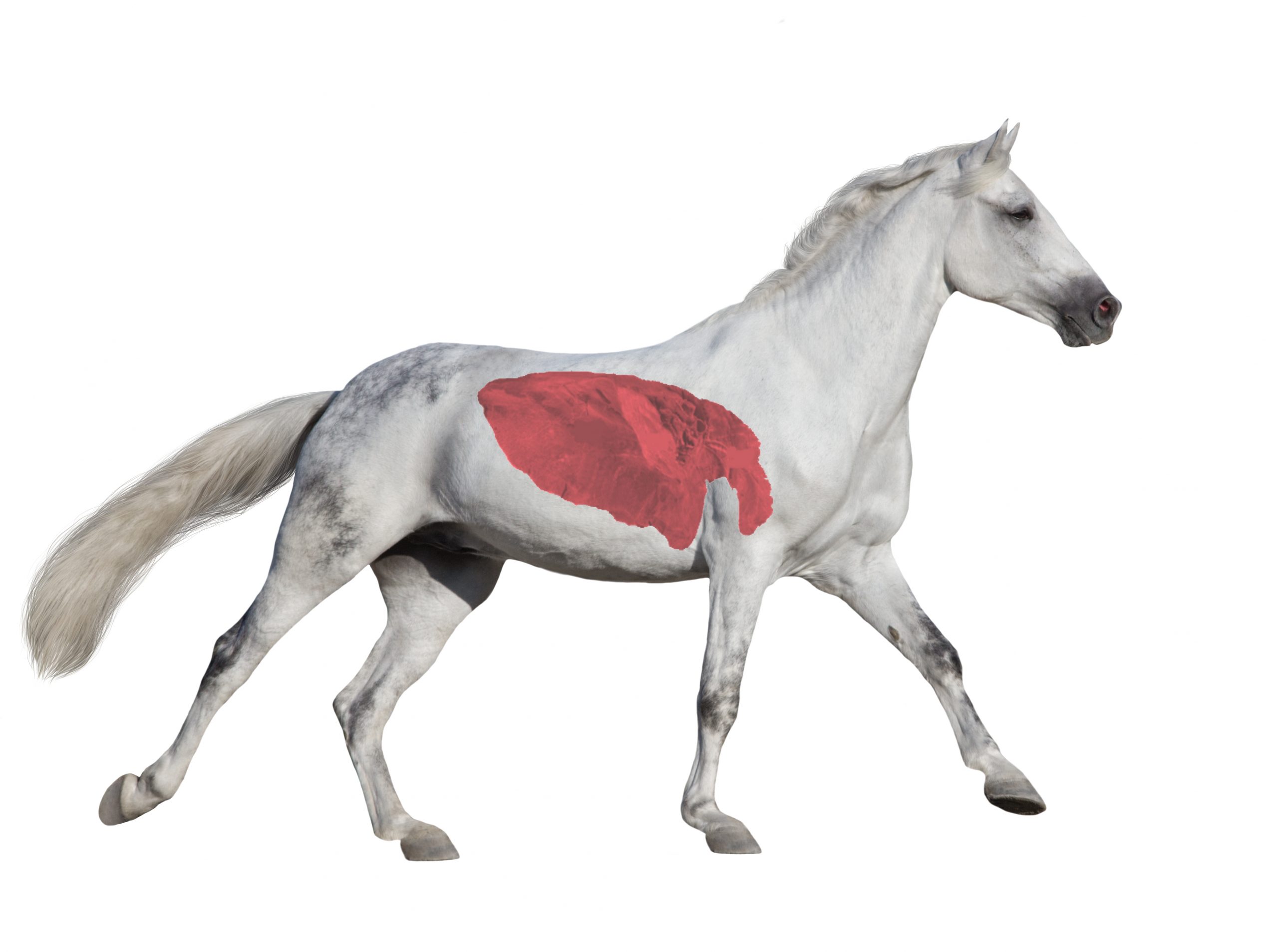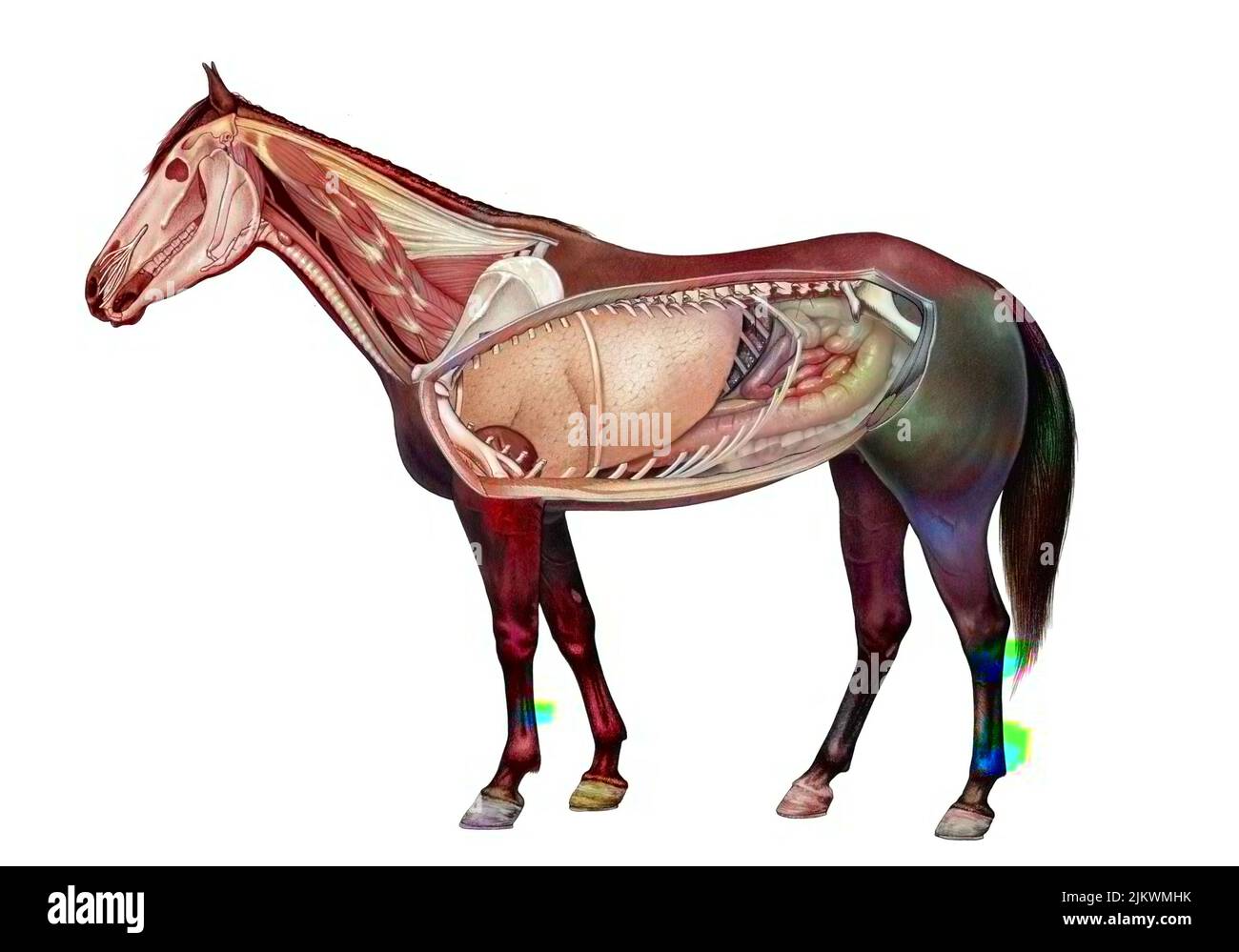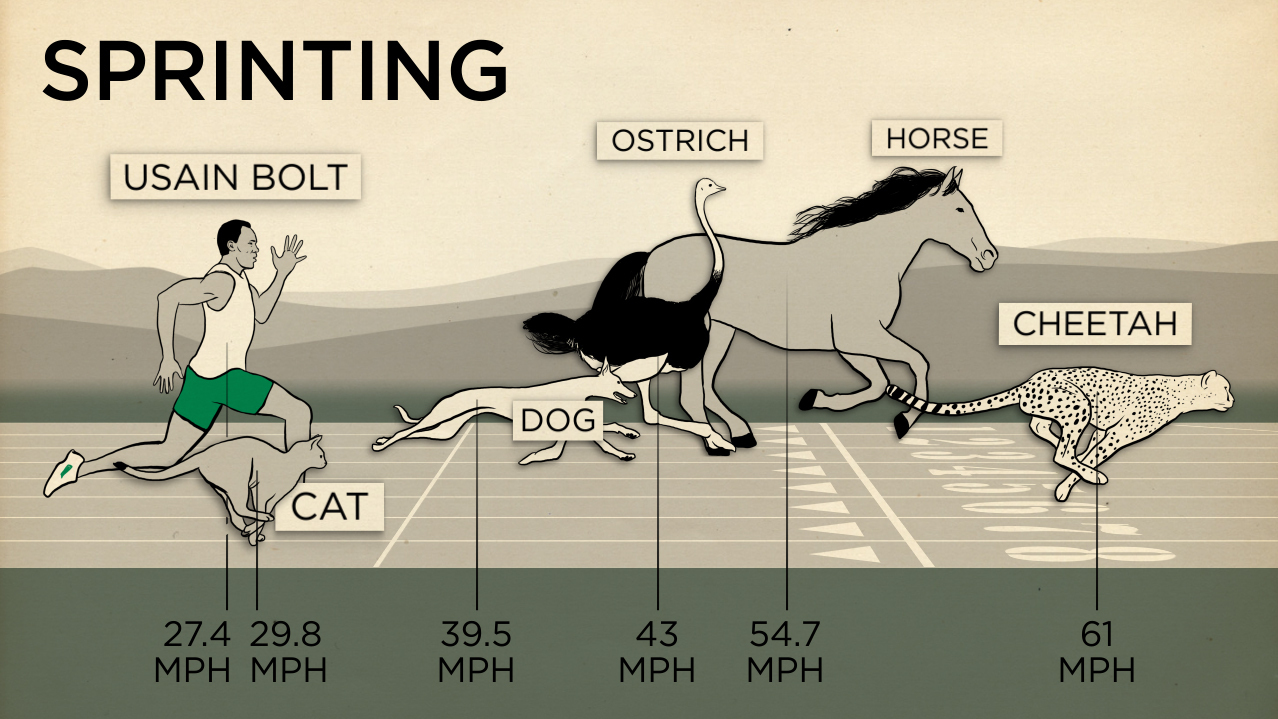Horse anatomy is a fascinating subject, and one of the most crucial organs in a horse’s body is its lungs. The size and function of horse lungs are essential to understanding their respiratory system and overall health. In this article, we will delve into the details of how big horse lungs are and their significance in the equine world.
Understanding Equine Respiratory System

To comprehend the size of a horse’s lungs, it is essential to have a basic understanding of the equine respiratory system. Horses are obligate nasal breathers, meaning they can only breathe through their noses and not their mouths. The respiratory system consists of the nasal passages, trachea, bronchi, bronchioles, and the lungs themselves. The lungs play a crucial role in supplying oxygen to the body and removing carbon dioxide, making them vital for a horse’s overall health and performance.
Anatomy of Horse Lungs
The lungs of a horse are a pair of large, spongy organs located in the chest cavity. They are made up of a network of bronchial tubes, air sacs, and blood vessels. The size of the lungs varies depending on the size and breed of the horse. Generally, the lungs of a horse can weigh up to 10-12 pounds and can have a total capacity of around 28-32 liters of air.
Comparing Horse Lungs to Human Lungs
In comparison to human lungs, horse lungs are much larger and have a greater capacity for air. While the average human lung capacity is around 6 liters, a horse’s lung capacity can be more than five times that amount. This difference is due to the high oxygen demand of a large, active animal like a horse, which requires a more efficient and extensive respiratory system.
The Significance of Lung Size in Horses

The size of a horse’s lungs directly impacts its respiratory efficiency and overall performance. Horses with larger lung capacity are better equipped to meet the oxygen demands of strenuous activities such as racing, jumping, or endurance riding. Additionally, a larger lung capacity allows horses to recover more quickly after intense exercise, reducing the risk of fatigue and respiratory issues.
Respiratory Health in Horses
The size of a horse’s lungs also plays a significant role in its respiratory health. Horses are susceptible to respiratory conditions such as heaves, also known as recurrent airway obstruction, which can be exacerbated by poor air quality and environmental factors. A larger lung capacity can help mitigate the effects of these conditions and reduce the severity of respiratory issues in horses.
Training and Lung Capacity
Furthermore, a horse’s lung capacity can be influenced by training and conditioning. Regular exercise and targeted respiratory training can improve the efficiency of the respiratory system and increase lung capacity in horses. This is particularly important for performance horses, as enhanced lung capacity can directly impact their endurance and overall athletic ability.
Measuring Horse Lung Capacity

Determining the exact size of a horse’s lungs can be challenging, as it requires specialized equipment and procedures. One common method of measuring lung capacity in horses involves the use of a spirometer, a device that measures the volume and flow of inhaled and exhaled air. By analyzing the respiratory parameters, veterinarians and equine researchers can estimate the lung capacity and function of a horse.
Factors Affecting Lung Capacity
Several factors can influence the size and capacity of a horse’s lungs. These include the horse’s breed, size, age, and overall health. Larger breeds of horses, such as draft horses, generally have larger lung capacity compared to smaller breeds. Additionally, younger horses may have smaller lung capacity that increases as they mature and develop.
Impact of Environment on Lung Size
The environment in which a horse lives and trains can also affect its lung size and capacity. Horses that are stabled in poorly ventilated or dusty environments may experience reduced lung function over time, leading to decreased lung capacity and increased susceptibility to respiratory issues. Providing horses with access to clean air and spacious turnout areas can help maintain their lung health and function.
Curious about the size of different horse body parts? Explore our articles on baby horse sizes, horse heart dimensions, and horse jumping abilities for a deeper understanding of these magnificent animals!
Conclusion

In conclusion, the size of a horse’s lungs is a critical factor in its respiratory efficiency, overall health, and athletic performance. Understanding the anatomy and function of horse lungs is essential for horse owners, trainers, and veterinarians to ensure the well-being and optimal performance of their equine partners. By considering the significance of lung size and capacity, and implementing proper management and training practices, we can help horses maintain healthy respiratory systems and reach their full potential.



